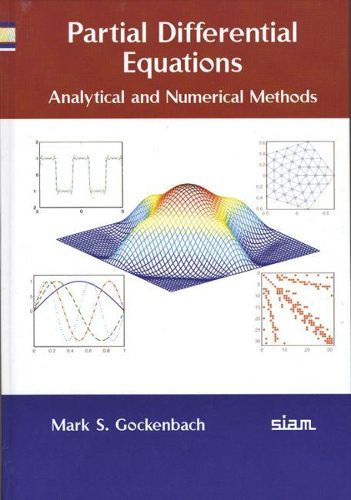Readings Newsletter
Become a Readings Member to make your shopping experience even easier.
Sign in or sign up for free!
You’re not far away from qualifying for FREE standard shipping within Australia
You’ve qualified for FREE standard shipping within Australia
The cart is loading…






This introductory text on partial differential equations interates modern and classical techniques for solving PDEs, at a level suitable for undergraduates. The author complements the classical topic of Fourier series with modern finite element methods. The result is an up-to-date, flexible approach to solving PDEs, which both faculty and students should find rewarding. Linear algebra is a key component of the text, providing a framework for both computing solutions and for understanding the theoretical basis of the methods. While techniques are emphasized over theory, the methods are presented in a mathematically sound fashion, developing a strong foundation for further study. Numerous exercises and examples involve meaningful experiments with realistic physical parameters, allowing students to use physical intuition to understand the qualitative features of the solutions.
$9.00 standard shipping within Australia
FREE standard shipping within Australia for orders over $100.00
Express & International shipping calculated at checkout
This introductory text on partial differential equations interates modern and classical techniques for solving PDEs, at a level suitable for undergraduates. The author complements the classical topic of Fourier series with modern finite element methods. The result is an up-to-date, flexible approach to solving PDEs, which both faculty and students should find rewarding. Linear algebra is a key component of the text, providing a framework for both computing solutions and for understanding the theoretical basis of the methods. While techniques are emphasized over theory, the methods are presented in a mathematically sound fashion, developing a strong foundation for further study. Numerous exercises and examples involve meaningful experiments with realistic physical parameters, allowing students to use physical intuition to understand the qualitative features of the solutions.